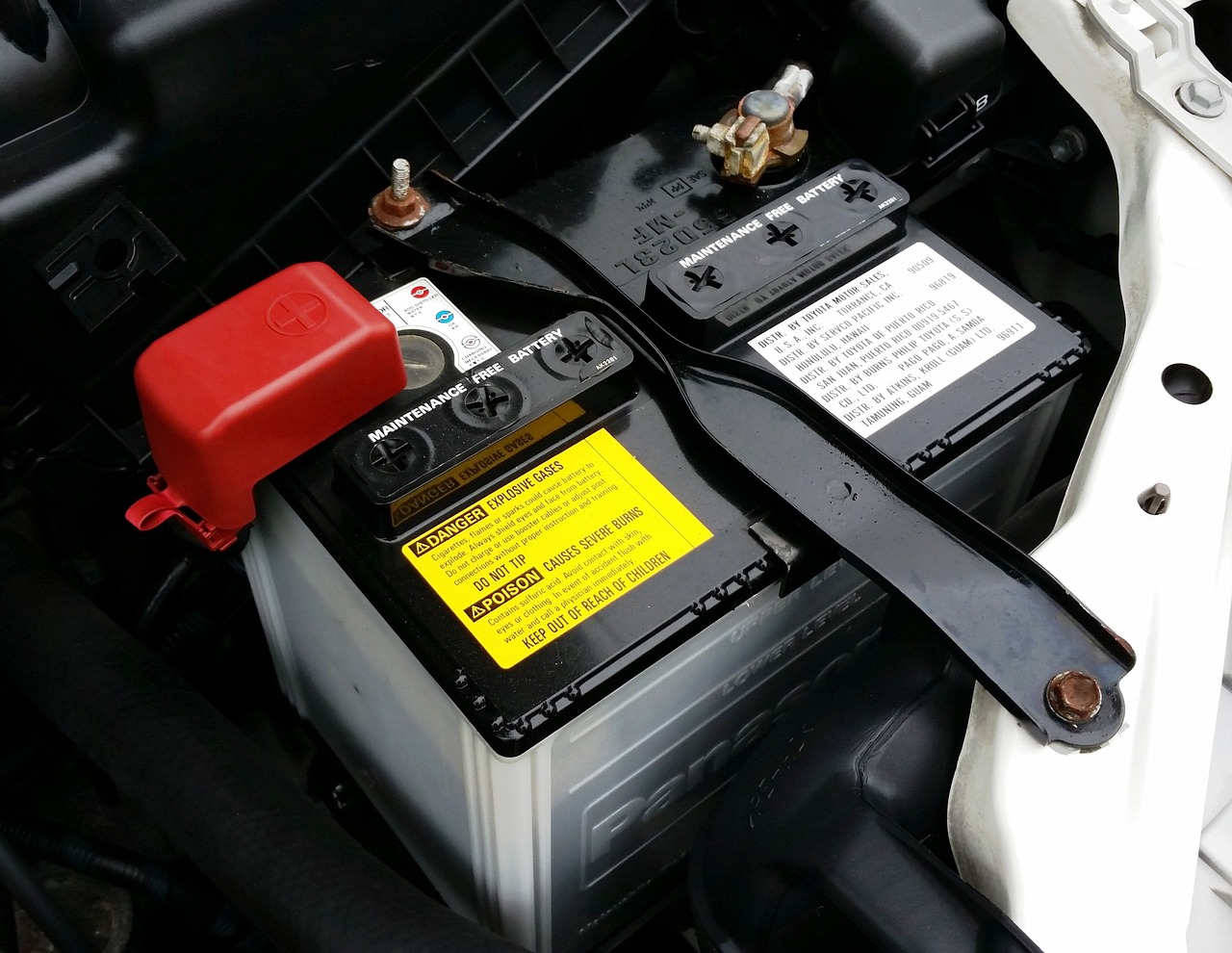Ah, the age-old question! How often should one replace their car’s windshield wipers? A question that keeps us up at night, haunting our dreams, tossing and turning in our beds. Okay, maybe it’s not that dramatic, but let’s face it, it’s one of those car maintenance chores we often overlook, just like we forget about that lone sock in the laundry or the mysterious leftovers in the back of the fridge. But fear not, dear reader, for I am here to guide you with sage (and slightly sarcastic) advice on this pressing matter.
1. The Clear Sign: Can You Even See?
Let’s start with the obvious. If turning on your wipers results in a messy streak-fest, making it even more challenging to see in the rain than before, then yes, it’s time. You wouldn’t use a dirty rag to clean your glasses, would you? Oh, you would? Well, then I suggest you read on and consider a lifestyle change.
2. The Squeak Chronicles
If you turn on your wipers and they sound like two gerbils in an intense argument, it’s a sign from the vehicular gods that it’s time for a change. If you can hear your wipers over your car’s radio or your own thoughts, they’re screaming for mercy. Listen to them!
3. It’s Not Rocket Science
On average, windshield wipers should be replaced every 6 to 12 months. But who’s counting? I mean, apart from your car’s safety and all. Pfft, trivial matters, right? Just because your wipers are as old as your last failed relationship doesn’t mean they need replacing… or does it?
4. The Rubber Tells a Tale
Run a finger down the rubber of your wiper. Does it feel smooth? Good. Are there rough patches, nicks, or splits? Bad. Any of these, and it’s like trying to spread butter with a rusty knife. Not only ineffective but also a menace to your bread, or in this case, your windshield.
5. Blame it on the Weatherman
Wipers face a lot. Scorching sun, freezing snow, and torrential rains. They’re the unsung heroes of the road, getting battered by the elements and yet expected to perform flawlessly. If the sun’s been especially cruel this year, or if you’ve had snow and ice scraping adventures, that’s a surefire way to expedite the wiper-changing process.
6. The “It Looks Fine to Me” Syndrome
Ah, the classic line of procrastinators everywhere. Your wipers might “look” okay, but if they’re not clearing water effectively, they’re just glorified sticks. Remember, they’re not there to add aesthetic value to your vehicle; they serve a purpose!
7. That Cost Analysis Tho
Let’s get down to the nitty-gritty of finances. If you think replacing your windshield wipers might cost you an arm and a leg, just wait until you see the price tag for a new windshield. Yes, you read that right. Damaged wipers can cause scratches on your windshield, and we all know that’s just another level of annoyance. But hey, if you’ve got money to throw on a new windshield every year, by all means, ignore those wipers!
8. The DIY Dilemma
“Replacing windshield wipers is so easy; even a caveman can do it!” Wait, no, that’s an insurance commercial. But seriously, if you can put together an IKEA table (with only a minor meltdown) or make spaghetti without burning the house down, then you’re overqualified. With so many online tutorials, there’s really no excuse. If you mess it up, though, maybe take a hard look at your life choices.
9. The “Out of Sight, Out of Mind” Conundrum
Stashed beneath your car’s bonnet might be a treasure: a brand-new set of wipers you bought during a sudden bout of responsibility. Go ahead, take a peek. We’ll wait. You might just find that you’re one step ahead of the game! If not, well, at least you tried?
10. But, My Wipers Have Emotion!
They’ve been with you through thick and thin, and letting go can be hard. As a tribute to your old wipers, maybe have a mini memorial service? Say a few words, play some sad music, and give them the farewell they deserve before you ruthlessly replace them with younger, more efficient models.
In Conclusion (Because We Really Need One)
So there you have it, the complete-ish guide on when and why to replace your car’s windshield wipers. Remember, it’s all fun and games until you’re driving blind in a storm and regretting your life decisions. So be smart, be safe, and for the love of all things good, replace your wipers if they’re old and crusty.
In the grand saga of car maintenance, wipers might not be the lead characters, but they certainly aren’t mere extras. Give them their due attention, and they’ll repay you by, you know, letting you see the road.
Pro Tips for the Prudent Car Owner:
- Wiper Arm Love: Remember, it’s not just the rubber blade that can have issues. Sometimes, the wiper arm (the metal part that holds the blade) can become bent or misaligned. If your new blades aren’t making proper contact with the windshield, this could be why.
- Material Matters: There are various materials used for wiper blades, like rubber, silicone, and coated blades. Silicone blades tend to last longer and perform better, but they might cost a bit more.
- Don’t Forget the Rear: If your vehicle has a rear windshield wiper, don’t forget about it! It might not need changing as frequently as the front ones, but it’s good to check on it from time to time.
- Storing Extras: If you buy extra wiper blades (because you’re now a responsible car owner), store them flat and out of direct sunlight. This will prevent them from warping or deteriorating before use.
- Clean Regularly: Every time you fill up your gas tank, give your windshield a good clean, and wipe down the blades with a damp cloth. This removes any dirt or debris, which can extend the life of your wipers.
- Winter Woes: If you live in colder climates, consider getting winter wiper blades during the snowy season. They’re designed to handle ice and snow better than regular blades.
- Wiper Fluid Wisdom: Using the correct windshield washer fluid can also extend the life of your wipers. The fluid helps to lubricate the blades as they move across the glass.
- Buy in Pairs: Even if only one wiper blade is showing signs of wear, it’s smart to replace them as a pair. This ensures even wear and performance.
- Test Drive: After replacing your wipers, always do a test run with washer fluid. This ensures they work correctly and helps to remove any protective coating from the new wiper blades.
Frequently Asked Questions (FAQs) about Windshield Wipers
Yes! There are specific designs for different car models, as well as specialty blades for winter conditions that are built to handle snow and ice better.
Refer to your car’s owner manual or measure your current wipers. Most auto parts stores also have reference books or databases to help you find the correct size.
While some wipers have replaceable rubber inserts, many modern blades are one-piece designs. Check the design of yours and decide if just replacing the rubber is a feasible and cost-effective option.
Clean your windshield regularly to prevent debris build-up. Wipe the rubber part of the wiper blade with a damp cloth to remove dirt and increase its lifespan.
This could be due to a film left over from the manufacturing process or from the protective cover. Try cleaning your new wipers with some windshield washer fluid or mild soapy water. If the problem persists, the wiper arm might be bent or misaligned.
Store them flat in a cool, dry place away from direct sunlight to prevent warping or premature deterioration.
While mild soapy water is okay, avoid using harsh detergents or solvents as they can damage the rubber and reduce the blade’s effectiveness.
Avoid using the wiper motor to try to free them, as this can damage both the wipers and the motor. Instead, use your car’s defroster to melt the ice or gently lift and de-ice them manually.
Wiper blade prices can vary based on materials, design, brand, and specific features like beam vs. bracketed designs or coated blades. More expensive doesn’t always mean better, but it can indicate a longer-lasting or more advanced blade.



